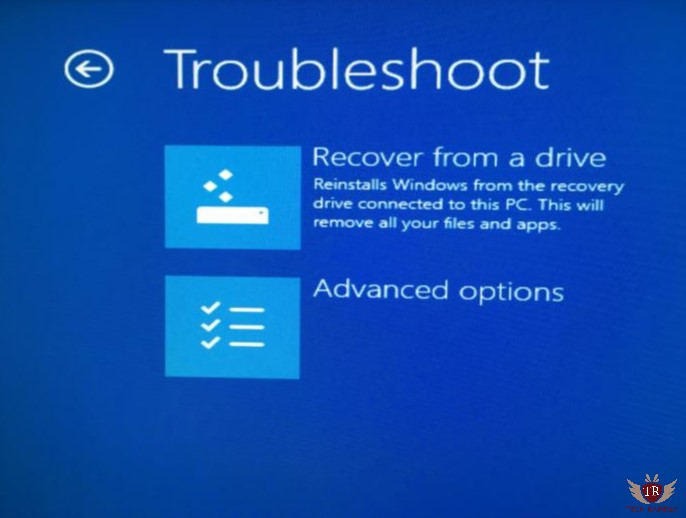
Why and when should we create a Mac OS X recovery USB drive?

To get help Online using Safari from recovery partition in case of no boot issue.To run repair and maintenance task for the internal hard drive.To reset the Mac administrator password.It even has Safari that you can use to extract or reinstall Safari from this partition. So, following are the major use of recovery partition. Your Mac can be booted from recovery partition by holding the “CMD+R” keys together during boot up. Every Mac running OS X Lion and later has a small (650MB) hidden recovery partition called Recovery HD located on your Mac’s internal hard drive which is reserved for common utilities such as Time Machine Backup,Terminal utility, Disk Utility, Hardware Diagnostic tool and other built in set of utilities. Select Recovery HD from the Startup Manager.įor detailed information on this update, please visit: About OS X Recovery Disk Assistant.This article will help you create a Mac OS X or macOS recovery USB drive to use in case of disaster or no boot from internal hard drive. To access OS X Recovery, reboot the computer while holding the Option key.

When the OS X Recovery Disk Assistant completes, the new partition will not be visible in the Finder or Disk Utility. Insert an external drive, launch the OS X Recovery Disk Assistant, select the drive where you would like to install, and follow the on screen instructions. To create an external OS X Recovery, download the OS X Recovery Disk Assistant application. Note: In order to create an external OS X Recovery using the OS X Recovery Assistant, the Mac must have an existing Recovery HD. The OS X Recovery Disk Assistant lets you create OS X Recovery on an external drive that has all of the same capabilities as the built-in OS X Recovery: reinstall Lion or Mountain Lion, repair the disk using Disk Utility, restore from a Time Machine backup, or browse the web with Safari. Built right into OS X, OS X Recovery lets you repair disks or reinstall OS X without the need for a physical disc.


 0 kommentar(er)
0 kommentar(er)
